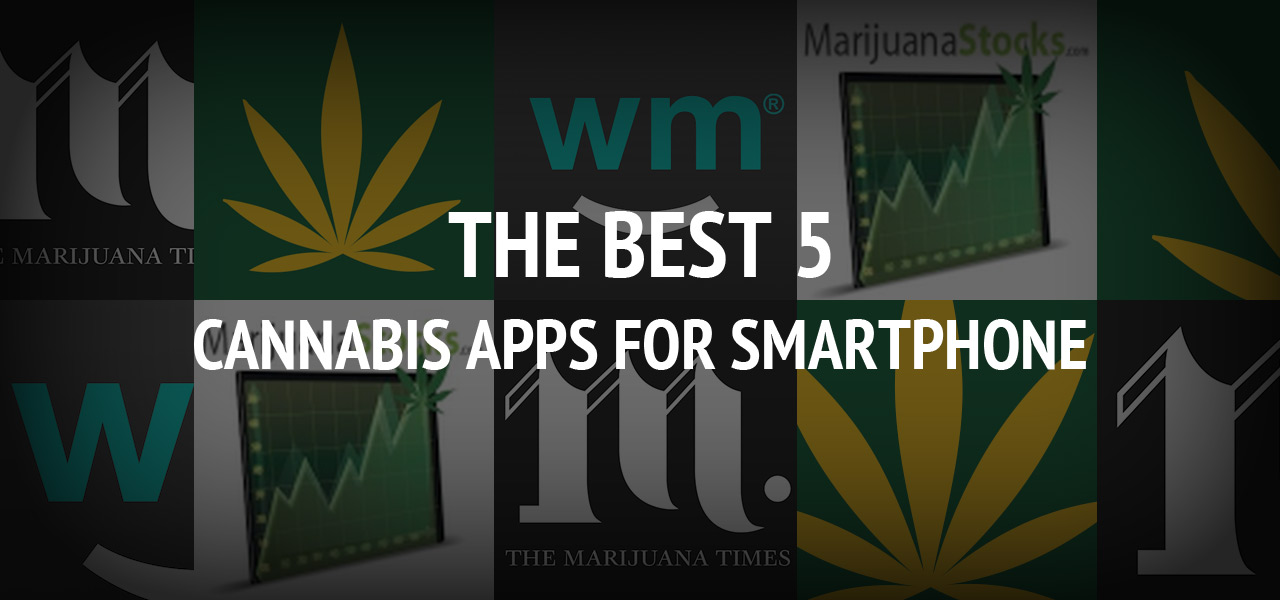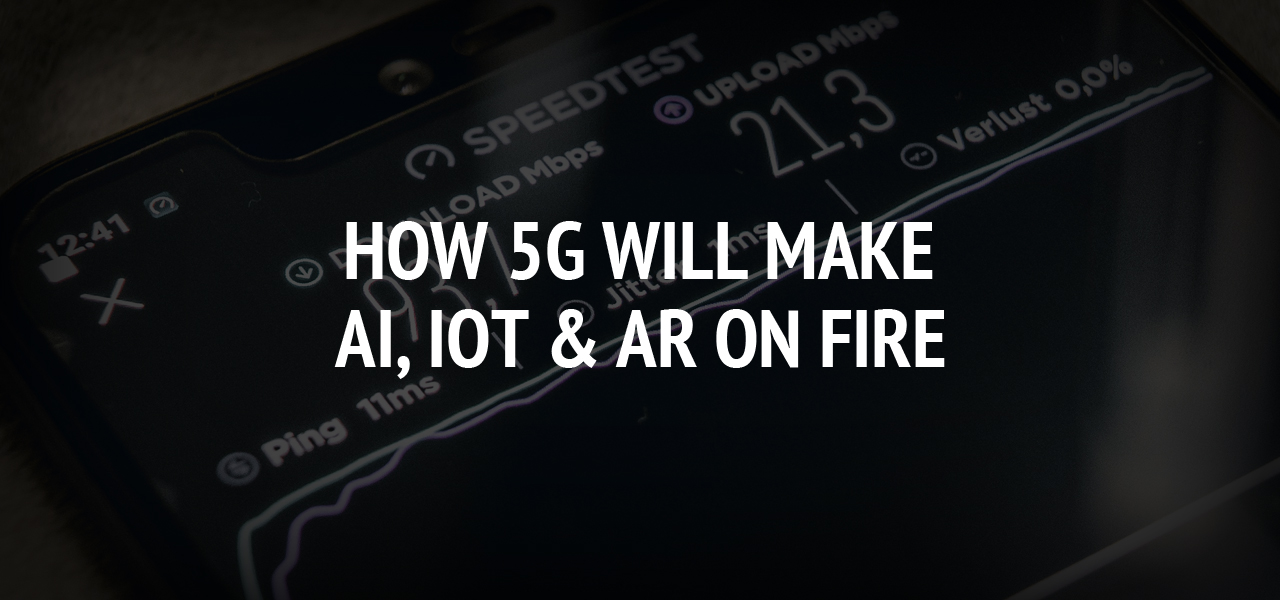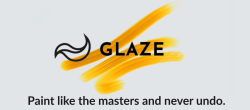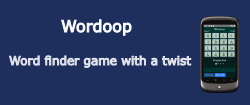How AI-Generated Images Are Changing the Game in Marketing Apps
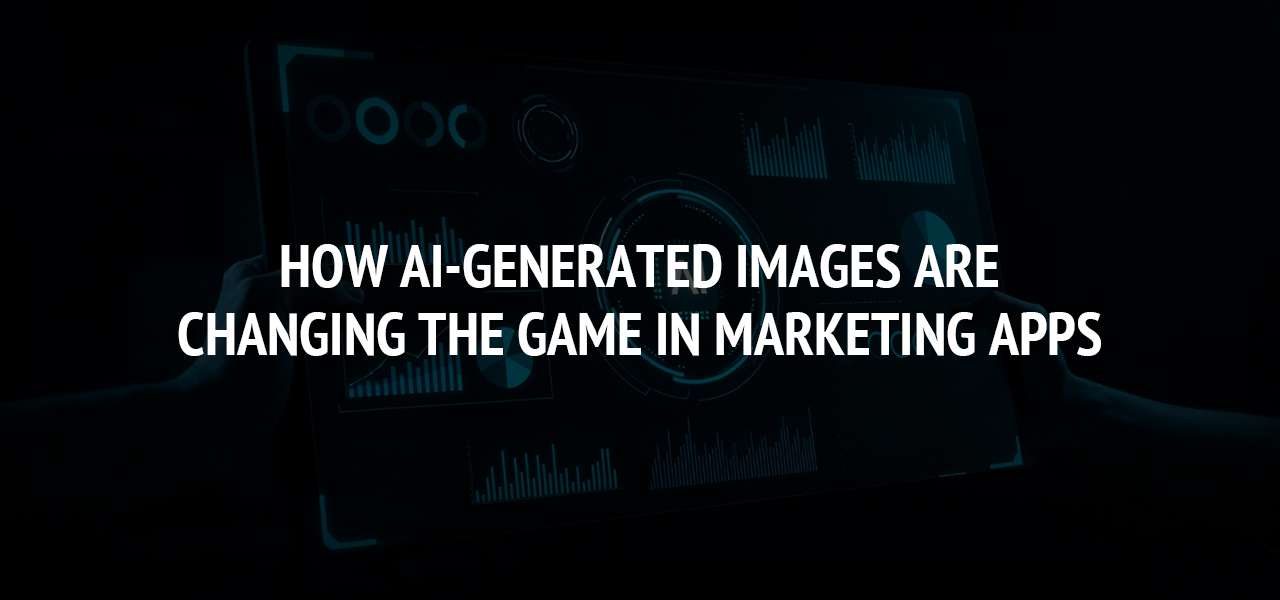
In the ever-evolving world of digital marketing, one thing remains constant: visual content drives engagement. Whether it’s an eye-catching ad, a sleek product mockup, or a thumb-stopping social media post, strong visuals are essential to cutting through the noise. But until recently, creating those visuals required a significant investment of time, money, or creative expertise.
Now, artificial intelligence is rewriting the rules.
AI is increasingly embedded in marketing tools and apps—not just for automation, analytics, or personalization, but for generating creative assets from scratch. In particular, AI-generated images are making waves in how marketers conceptualize, produce, and deploy visual content across channels. What once took teams of designers and photographers can now be achieved by an AI marketing image generator with a few clicks and a well-crafted prompt.
AI-powered marketing applications are changing the creative landscape and AI-generated images are accelerating workflows, but marketers need to be aware in order to stay ahead of the curve.
The Rise of AI in Marketing Apps
AI’s presence in marketing isn’t new. Tools that use machine learning for customer segmentation, ad targeting, and email personalization have been around for years. But a recent surge in generative AI—AI that creates content rather than just analyzing it—has opened up entirely new possibilities.
Modern marketing apps now offer built-in AI tools that can:
- Write ad copy and product descriptions
- Predict the best time to post content
- Auto-generate customer personas and campaign ideas
- Create custom images, illustrations, and graphics
And it’s this last point—AI-generated imagery—that is revolutionizing the creative side of marketing.
How AI-Generated Images Are Changing Marketing
1. Rapid Prototyping and Concept Visualization
Marketers often need visuals before final assets are ready—whether it’s for pitching an idea, building a mockup, or A/B testing concepts. In the past, that meant relying on placeholder images, generic stock photos, or rough sketches.
Now, marketers can use AI image generation tools (often built into design or ad platforms) to create tailored visuals on the fly. Want to test a product in a new setting? Generate a lifestyle image with that product in it. Need an illustration that matches your campaign’s tone? Describe it in a prompt and watch it come to life.
This level of speed and customization is invaluable for campaign planning, client presentations, and creative brainstorming.
2. Cost-Effective Visual Production
Professional photo shoots and custom illustrations are still worthwhile—but they’re expensive, especially for small businesses and startups. AI-generated images offer a budget-friendly alternative that doesn’t sacrifice quality.
With AI tools, marketers can create:
- Product mockups
- Social media graphics
- Infographics and illustrations
- Backgrounds and abstract designs
All without hiring a designer or photographer.
This is especially useful for content-heavy marketing strategies, where a consistent flow of new visuals is needed for blogs, ads, emails, and landing pages.
3. Scaling Personalized Visual Content
Personalization has long been a cornerstone of modern marketing—but personalizing visuals has been a bigger challenge. AI-generated images are now making it possible to create customized visuals for different audience segments or campaigns without starting from scratch each time.
For example, a travel company could generate destination-specific images tailored to a user’s location. An e-commerce brand could create seasonal product scenes for different markets. By combining data-driven insights with generative AI, marketers can scale personalized content like never before.
Where AI-Generated Images Are Making an Impact
Social Media and Digital Ads
Speed is essential in social media marketing. Trends change by the hour, and engaging visuals can mean the difference between virality and invisibility. AI image tools allow marketers to quickly generate on-brand images optimized for different platforms and formats—carousel slides, story backgrounds, ad banners, and more.
Many social media management apps now integrate AI-generated visuals directly into their content creation features, streamlining the workflow from concept to post.
Email Marketing
Visuals in email marketing significantly affect open rates and click-throughs. AI tools can create headers, illustrations, and product images that align with campaign themes or specific offers—all without designers waiting in the queue.
Some advanced platforms even auto-generate visuals based on the email’s content or subject line, matching tone and context to increase engagement.
Landing Pages and Product Pages
Landing pages live or die by how quickly they capture attention. Marketers can now build entire landing page layouts, complete with customized images, using AI-powered builders that recommend visuals based on the page’s goals.
For product pages, AI-generated images can simulate variations in color, lifestyle usage, or packaging mockups—offering customers a more dynamic and immersive experience.
Potential Concerns and Considerations
While the benefits are substantial, marketers should also consider the limitations and ethical implications of AI-generated imagery:
1. Brand Consistency
AI images can sometimes lack cohesion if not guided properly. It’s essential to maintain a style guide and ensure that generated visuals align with your established brand aesthetic.
2. Originality and Licensing
Many AI platforms generate images based on massive datasets of existing artwork and photos. This raises questions around ownership and copyright. Marketers should use tools that provide clear usage rights or generate assets from proprietary data sets.
3. Diversity and Representation
AI-generated images sometimes reflect biases found in training data, resulting in a lack of diversity or stereotypical portrayals. Marketers should review visuals critically and prioritize inclusion and accuracy.
The Future of AI-Driven Marketing Creativity
The integration of AI-generated imagery into marketing apps marks a turning point in how creative work gets done. It’s not about replacing designers or eliminating human creativity—it’s about enhancing creative workflows, unlocking faster experimentation, and empowering more people to participate in the visual storytelling process.
For marketers, the message is clear: AI is no longer just a backend tool for analytics. It’s becoming a central part of the content creation engine—and those who embrace it now will have a significant edge in both efficiency and innovation.
From idea to execution, AI is helping marketers go further, faster—with visuals that captivate, convert, and scale.
Whether you’re a solo marketer building a campaign on a budget or part of a large team testing creative variations across global markets, AI-generated images are no longer the future—they’re your competitive advantage today.
About The Author
Related Blog
View All-
The Best 5 Cannabis Apps for Smartphone
Have you been searching for a cannabis app for your smartphone but can’t seem to find one that is any good? Finding a good one that also works well can be difficult. But if you know where to look, you can find some really amazing apps that are ...
-
How 5G Will Make AI, IoT & AR On Fire.
The Fifth Generation (5G) of remote innovation is about as large an arrangement as the development of composting and the formation of fire. The media communications organizations are relentlessly prodding us with the possibilities of what 5G can give. You've ...


